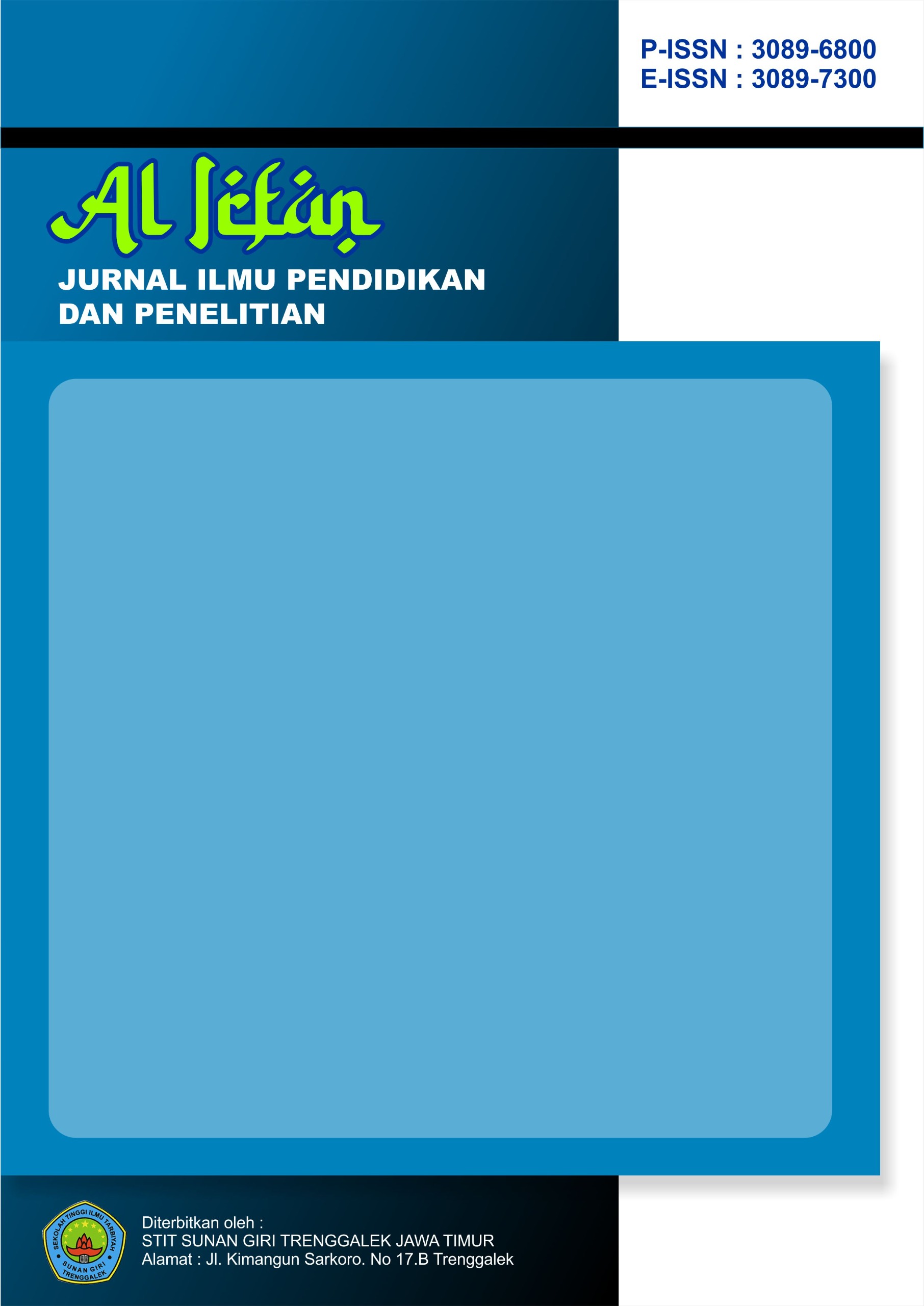Dampak Penggunaan TIK dalam Pembelajaran terhadap Interaksi Sosial Siswa
DOI:
https://doi.org/10.64877/alirfan.v1i1.13Keywords:
ICT, Learning, Social Interaction, StudentsAbstract
This study examines the positive impact of ICT use in learning on students' social interactions. The study found that proper ICT integration can enhance collaboration and communication among students, especially through online platforms. Students are able to interact effectively in online learning groups and develop digital communication skills. However, the study also highlights the importance of teacher supervision to prevent negative potentials such as cyberbullying and social isolation. In addition, this study explores the negative impact of ICT use in learning on students' social interactions. The results showed a tendency for decreased face-to-face interaction and verbal communication among students. Excessive use of gadgets and digital platforms can hinder the development of students' social and emotional skills, as well as increase the risk of social isolation and cyberbullying. Furthermore, there is also a complex relationship between ICT use in learning and students' social interactions. The study found that the impact of ICT varies depending on factors such as the age of the students, the type of ICT used, and the quality of implementation. This study highlights the importance of a holistic and balanced approach to the integration of ICT in education that considers both the benefits and risks to students' social development.
References
Brynjolfsson, E., & McAfee, A. (2014). The second machine age: Work, progress, and prosperity in a time of brilliant technologies. W.W. Norton & Company.
Castells, M. (2010). The rise of the network society (2nd ed.). Wiley-Blackwell.
Fauziah, & Hedwig, R. (2010). Pengantar teknologi informasi. Bandung: Maura Indah.
Hariningsih. (2005). Teknologi informasi. Yogyakarta: Graha Ilmu.
Kadir, A. (2003). Pengenalan sistem informasi. Yogyakarta: Andi Offset.
Laudon, K. C., & Laudon, J. P. (2020). Management information systems: Managing the digital firm (16th ed.). Pearson.
Maryono, dkk. (2007). Teknologi informasi dan komunikasi (Cet. I). Jakarta: Yudhistira.
McQuail, D. (2010). McQuail’s mass communication theory (6th ed.). Sage Publications.
Munir. (2009). Pembelajaran jarak jauh berbasis teknologi informasi dan komunikasi. Bandung: Alfabeta.
Prasojo, L. D., & Riyanto. (2011). Teknologi informasi pendidikan. Yogyakarta: Gava Media.
Snyder, H. (2019). Literature review as a research methodology: An overview and guidelines. Journal of Business Research, 104, 333–339. https://doi.org/10.1016/j.jbusres.2019.07.039
Taqur, F. (2009). Kajian teknologi komunikasi. PERTEKKOM.
Turban, E., Pollard, C., & Wood, G. (2018). Information technology for management: On-demand strategies for performance, growth and sustainability (11th ed.). Wiley.
Xiao, A. (2018). Konsep interaksi sosial dalam komunikasi, teknologi, masyarakat. Jurnal Komunika: Jurnal Komunikasi, Media dan Informatika, 7(2), 45–58.





